IN THE LINE OF FIRE. It Will Knock You Off Your Feet
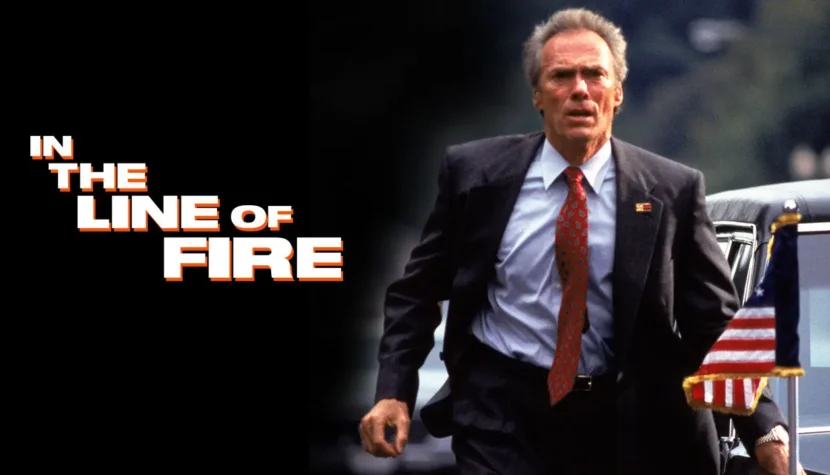
And action cinema was thriving like never before – even the more socially engaged type, going beyond mere spectacular explosions, shootouts, and car chases. Add to that the provocative political themes, which – in the form presented here – would likely be impossible today, along with an undisputed cinema icon in the lead role, and what you have in your hands is true dynamite, whose recoil can still knock you off your feet. Ladies and gentlemen: In the Line of Fire.
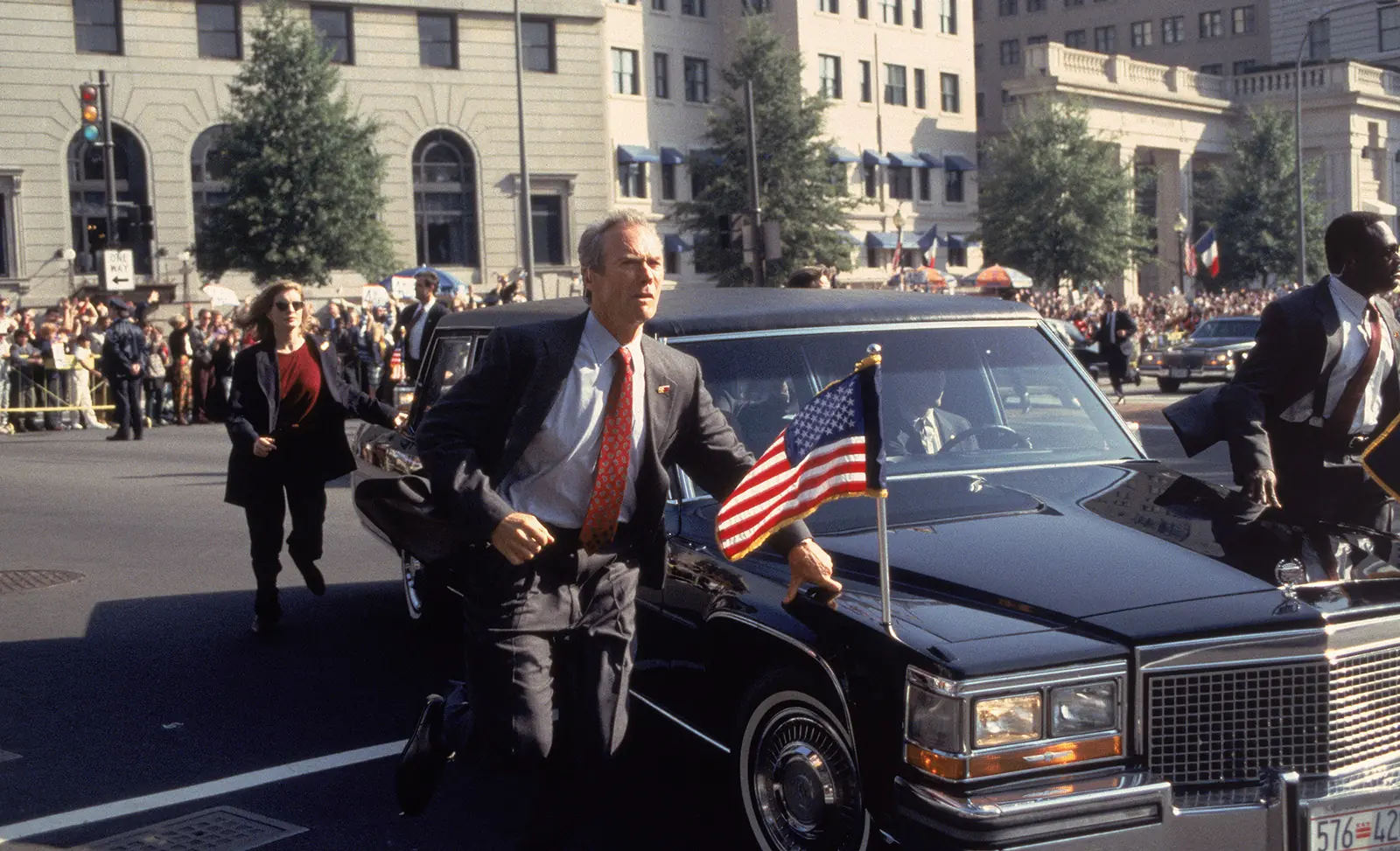
In one of the very first scenes of this slightly over two-hour thriller, Clint Eastwood, playing the main role, pulls a .44 Magnum from his coat. This clear nod to the Dirty Harry series immediately sparked a conspiracy theory suggesting that In the Line of Fire takes place in the same depraved world of crime. However, this theory doesn’t hold much water since Clint’s character this time is not, and never was, a cop. Instead, he’s a Secret Service agent with a similarly steadfast attitude, tasked with protecting the most important person in the country – the president (referred to here as “Traveler”). You don’t need to be a genius to figure out that someone will soon attempt to turn this president into Swiss cheese. And the only person who can stop it is Frank Horrigan, the unruly Eastwood, who already has one presidential failure on his conscience and far too many years and miles clocked running alongside limousines.
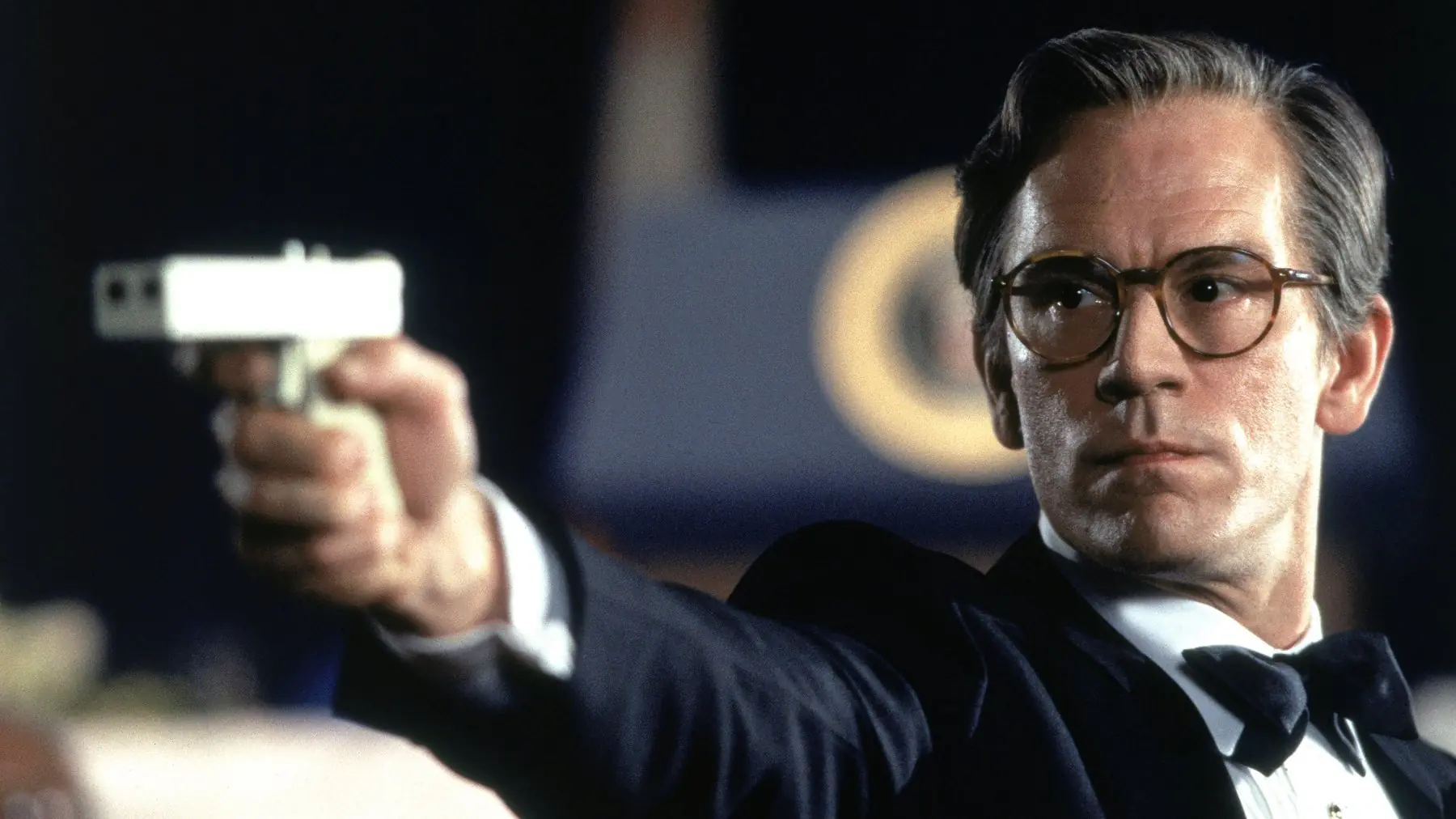
Opposing him is – how could it be otherwise! – a true genius of evil, played by the highly distinctive John Malkovich. For Malkovich, this was the first utterly depraved character of his career, opening the door to a gallery of future villains. Under Petersen’s direction, he goes by the name “Booth” – a clear nod to the assassin of President Lincoln – and is the only one who seems to know far too much about Frank, always staying two steps ahead of him and his team (the “good guys” ensemble also includes the lovely Rene Russo, the fiery Dylan McDermott, as well as John Mahoney and Gary Cole). Of course, as cinema has often proven, there’s no escape from Eastwood – he’ll always get you, even at the cost of his own life. But let’s set aside spoilers and clichés, because in this case, it’s precisely the dynamic between this duo clashing in the name of higher ideals that defines the film. Without these two, it would be just another flashy action flick.
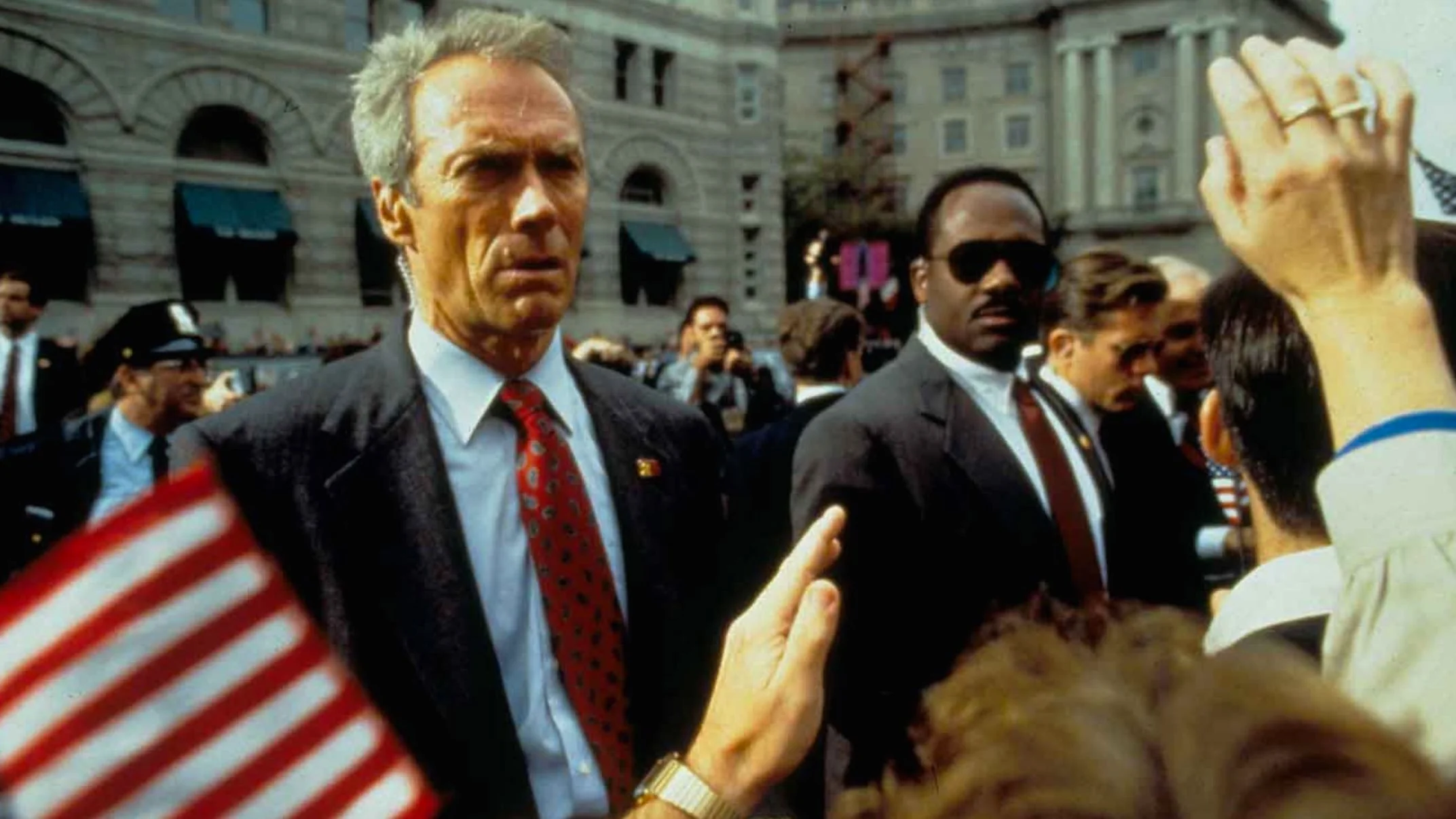
And so, several key chase, shootout, and other “action” scenes pivotal to the plot now seem as overdone as an overstretched elastic band (this is particularly evident in the energetic rooftop chase). Meanwhile, the climactic showdown involving an elevator – notably at the same Westin Bonaventure Hotel in Los Angeles, also gleaming in True Lies and the thriller Nick of Time during that era – veers close to genre cliché. Nonetheless, it still effectively builds tension. This is thanks to the brilliantly crafted relationship between the aforementioned duo, written by screenwriter Jeff Maguire, making it hard to pick the more relentless competitor.
Horrigan must not only prove to himself that he’s not too old, that he still has what it takes, and that he has something to offer the world. More importantly, he must confront the demons of his past, which he has never managed to escape, and which now have taken on a new, even more terrifying form. On the other hand, Mr. Booth – whose true identity is eventually revealed, though it cheers no one up – is determined to prove at any cost that his anarchistic plan makes sense. He believes that despite changing times, presidents are still the best targets, and killing this particular one will only validate his arguments. These are not the only nuanced motivations driving both characters, and their regular phone exchanges are among the most intriguing moments in the entire production.
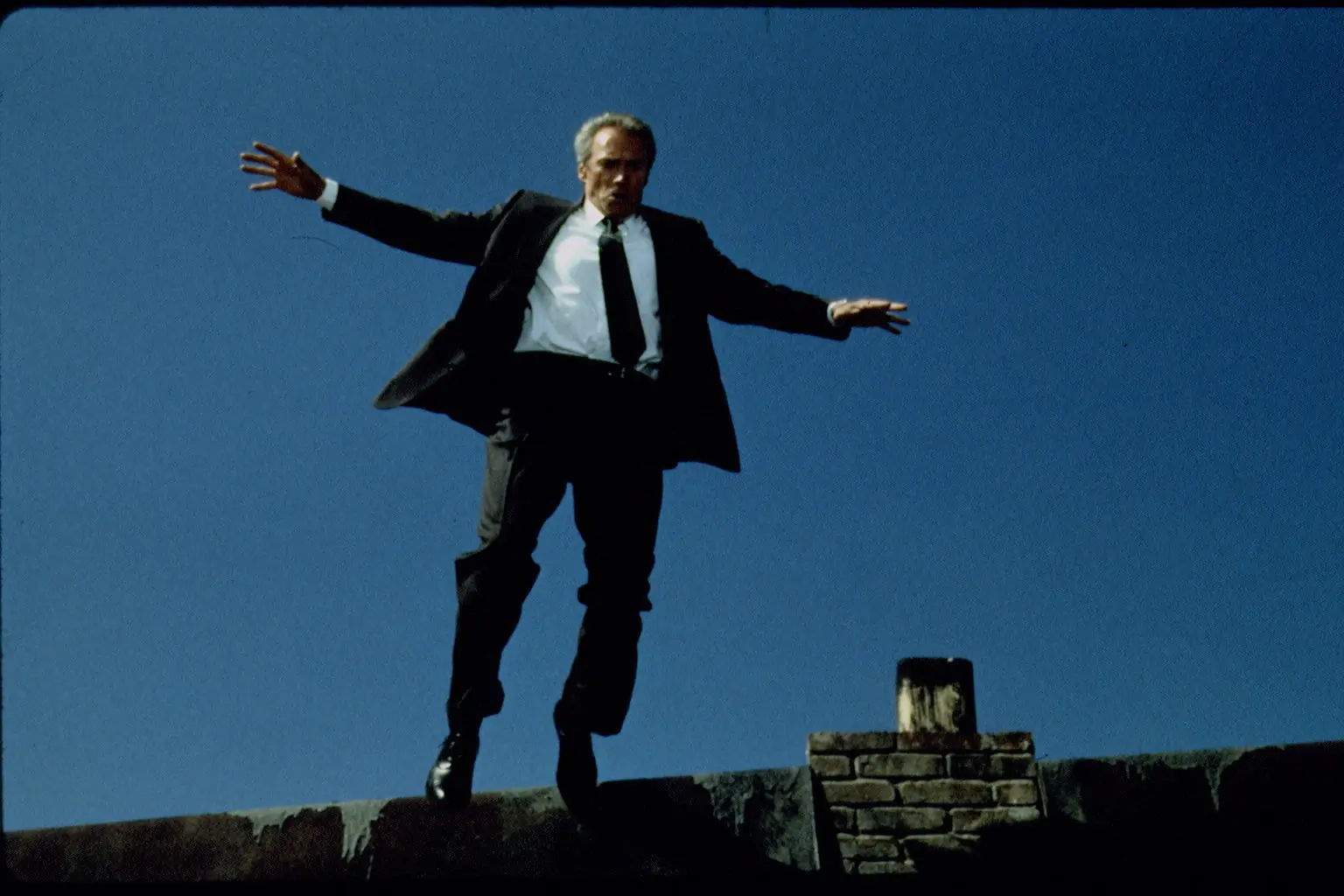
Notably, for a considerable portion of the film, Malkovich’s character is essentially Frank’s equal. Nominated for an Oscar, a Golden Globe, and a BAFTA for his role, the actor masterfully portrays a villain in a subtly sympathetic way, a rare feat in this genre. Of course, at some point, we inevitably side with Clint, not just because it’s expected. But Booth’s character possesses a magnetism and enviable dedication to his cause, reserved for the greatest criminal geniuses of cinema. Without his presence, this would undoubtedly be a significantly weaker film. And to think that the producers initially considered casting Robert De Niro for this role, presumably expecting a psychopathic, cartoonish performance reminiscent of his turn in the Cape Fear remake two years earlier. Ironically, a reversed situation occurred later during the production of Air Force One (1997), where the role of President Marshall was to go to Malkovich if Harrison Ford declined. That didn’t happen – for better or worse?
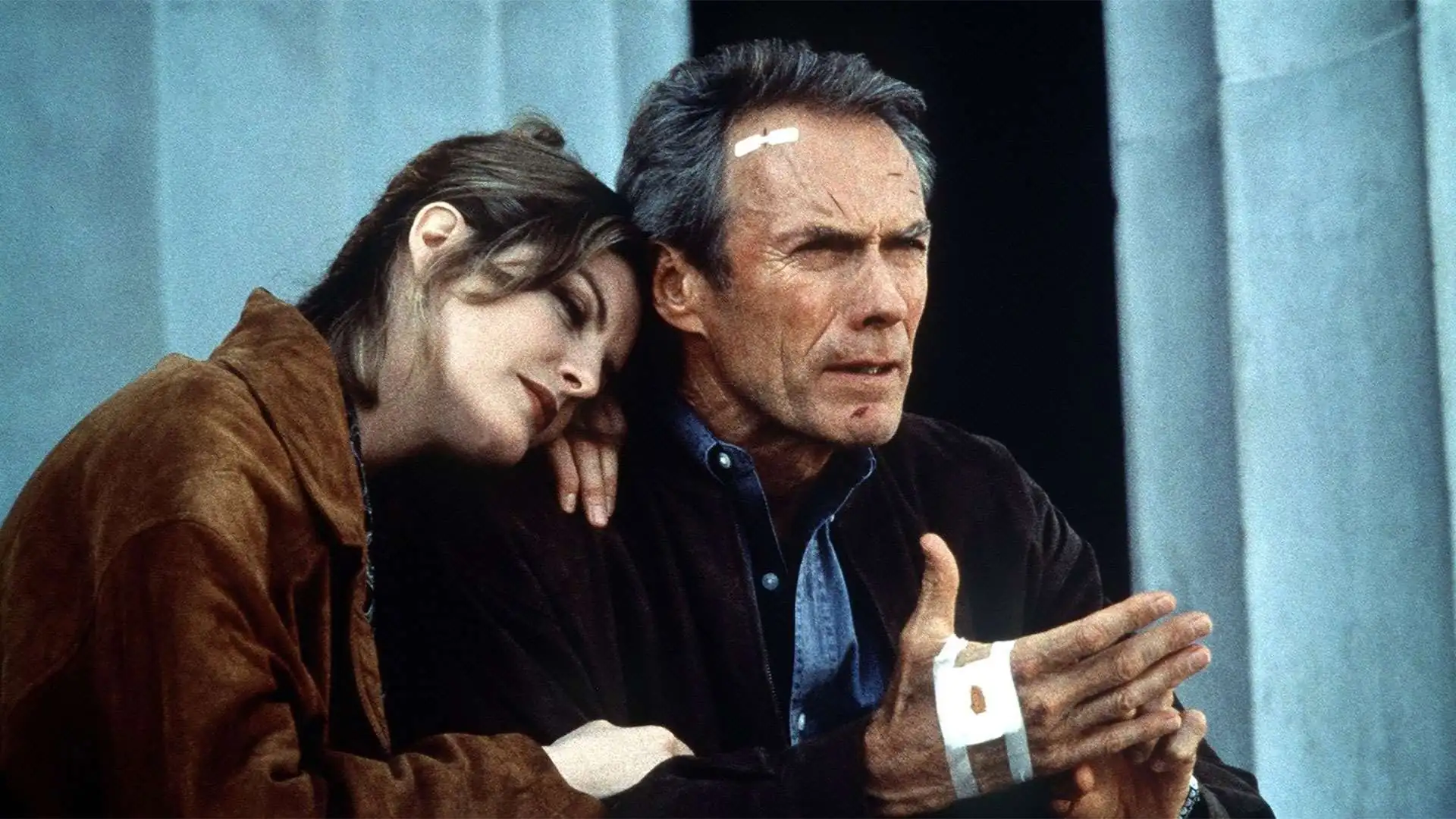
Interestingly, Eastwood was also not the first choice for this role. The then-sixty-something actor was not the only screen veteran considered for the fifty-year-old Horrigan. The role passed through the hands of Robert Redford, James Caan, and even Dustin Hoffman, who later appeared in Petersen’s memorable Outbreak. Today, however, it’s hard to imagine anyone other than Eastwood in the role, which exudes his character straight from the pages of the script. But could it have turned out any other way, given that the fictional agent was based on the real-life Secret Service agent Clint Hill, who served President Kennedy on that fateful day in Dallas?
Remarkably – and now somewhat unthinkable – the project received full support from the Secret Service, and the filmmakers were allowed access to numerous authentic locations, including inside the White House. As if that weren’t enough, some of the footage from the film’s campaign was selected archival material from Bill Clinton’s 1992 presidential campaign. Four million dollars from the $40 million budget were allocated to digitally inserting the actors into older footage featuring former presidents – a challenging task at the time, as Forrest Gump, revolutionary in this regard, wouldn’t premiere until the following year. It paid off, though, as In the Line of Fire still holds up in this respect. It was also a major hit of the season, earning over four times its budget at the box office despite its R rating.
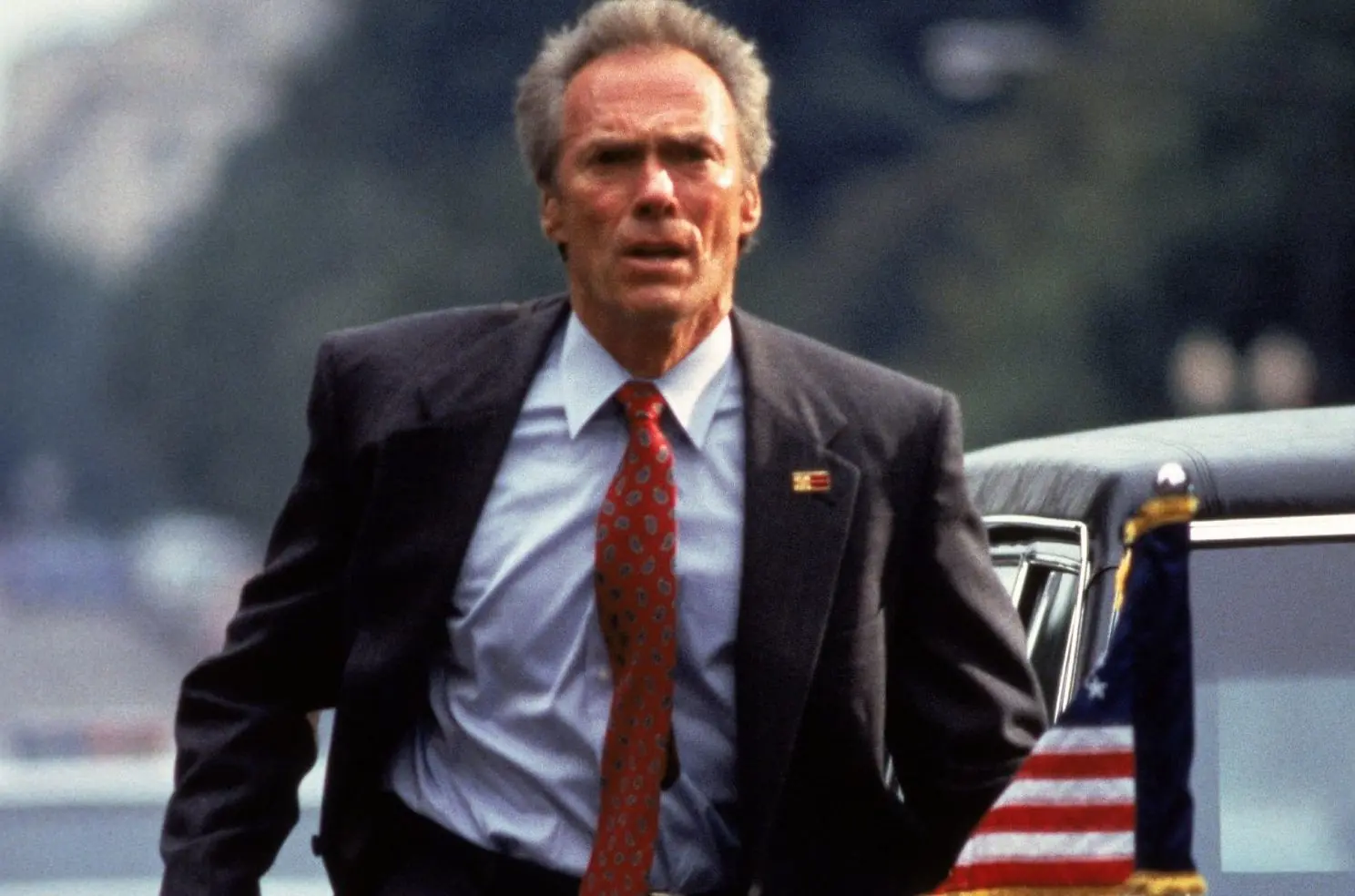
Beyond its financial success, Petersen’s film also fared well artistically. Most critics were impressed, and in addition to Malkovich’s performance, the American Academy also nominated the screenplay and the editing by veteran Anne V. Coates – who passed away in 2018 at the remarkable age of 92 and was also responsible for editing classics like Lawrence of Arabia, The Elephant Man, Congo, and the infamous Fifty Shades of Grey. This lineup of notable names would be incomplete without maestro Ennio Morricone, who composed the score in a style reminiscent of The Untouchables by Brian De Palma, giving In the Line of Fire a similarly romantic and uplifting tone, an appropriate dose of suspense, and a uniquely beautiful love theme.
Recently, Hollywood, always hungry for remakes, prequels, sequels, and other lazy inventions, announced that a series based on Petersen’s film is in the works. For now, however, the topic remains silent. And that’s for the best, because although this production is not without flaws and has lost some of its technical relevance (including the homemade fictional gun Booth uses, which was prudently destroyed after filming), it remains an exceptionally solid, gripping piece of work with a so-called soul. I don’t want to say it’s unique, but in many ways, it is, because today – for various reasons – similarly crafted films for grown-ups are unfortunately becoming rarer.

